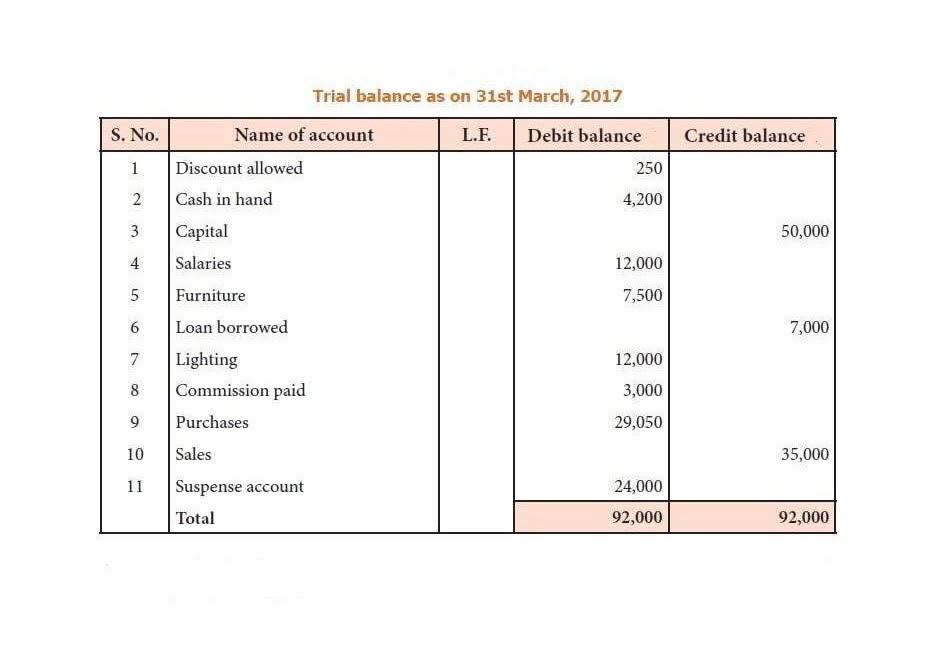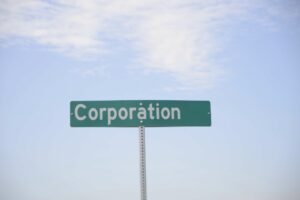
Measuring more frequently, such as on a monthly or even quarterly basis, will give you a much deeper understanding of cash flow to base decisions on. Free cash flow is also a helpful metric because it gives businesses an understanding of where to focus resources to grow the business further. It can serve as a buffer as generated cash can be used strategically to grow the business. Most businesses are still dependent on Excel for cash flow analysis, with very limited features that lead to inaccurate results, a lack of cash visibility, and a lot of manual work. However, with HighRadius’s cash forecasting solution, businesses can easily adapt to Livecube, which is an Excel-like interface but better. We provide advanced cash forecasting capabilities that leverage machine learning and predictive analytics.
Depreciation and Amortization

It is money that is on hand and free to use to settle liabilities or obligations. Further enhancing its appeal is Excel’s ability to enable me to conduct sensitivity analyses by adjusting inputs and immediately seeing the impact on results. With Excel, I can model different scenarios with ease, providing a comprehensive view of potential outcomes which aids in making informed investment decisions. As someone who regularly works with financial modeling, I find that the Discounted Cash Flow (DCF) model is one of the most powerful tools for valuing a business or investment. In this guide, I’ll walk you through the step-by-step process of creating a discounted cash flow model in Excel. Investors can use this information to assess the company’s financial stability, growth prospects, and investment opportunities.
How to Calculate Cash Flow with 7 Key Formulas and Examples
Positive FCF enables businesses to pay off debt, reinvest in their operations, and even engage in M&A. By contrast, shrinking FCF might signal that companies are unable to sustain earnings growth. An insufficient FCF for earnings growth can force companies to boost debt levels or not have the liquidity to stay in business.
Unlevered Free Cash Flow Formula
- Learn about tools, setup processes, and best practices to grow your subscription-based business.
- It’s essential for me to draw upon historical data, understand industry trends, and consider economic forecasts to improve the accuracy of these projections.
- In this example, there is a strong divergence between the company’s revenue and earnings figures and its free cash flow.
- This makes FCF a useful instrument for identifying growing companies with high upfront costs, which may eat into earnings now but have the potential to pay off later.
If FCF + CapEx were still upwardly trending, this scenario could be good for the stock’s value. As a measure of profitability and financial health, free cash flow offers several benefits over other points of analysis. Free cash flow is the money that the company has available to repay its creditors or pay dividends and interest to investors.
Compare FCF trends with industry peers, consider the company’s growth prospects, and assess management’s capital allocation decisions. Ultimately, the method used to generate your free cash flow formula is up to the user, as there are many methods to get to the same answer. The best system to use is the one that gets you to the free cash flow number you want (ie do you want interest added back or not) and uses the information most readily available within the business. Positive FCF is the golden ticket, while negative FCF isn’t necessarily a death sentence. Investors should consider the company’s life stage, industry, and long-term strategy.
- A cautious investor could examine these figures and conclude that the company may suffer from faltering demand or poor cash management.
- To calculate FCF from your cash flow statement, you’ll need to identify your operating cash flow and capital expenditure.
- This provides information on cash generated after investments, offering insights into financial and growth potential.
- Understanding FCF provides business owners with valuable insights into their cash generation capability, whether they have a surplus or deficit.
- Some investors prefer to use FCF or FCF per share rather than earnings or earnings per share (EPS) as a measure of profitability.
- Subtract interest expense and add back tax benefits (if any) to arrive at the adjusted FCF.
- It represents the sum of money which a firm can distribute to its equity shareholders as dividends.
Ready to Experience the Future of Finance?

Since FCF gives an idea about the company’s ability to generate cash, this contributes to increasing the confidence of investors. We can see that Macy’s has $446 million in free cash flow, which can be used to pay dividends, expand operations, and deleverage its balance sheet (in other words, reduce debt). A change in working capital can be caused by inventory fluctuations or by a shift in accounts payable and receivable.

- Ultimately, the method used to generate your free cash flow formula is up to the user, as there are many methods to get to the same answer.
- For instance, firms with high debt levels may prioritize repayments over shareholder distributions, impacting FCFE.
- By projecting future FCFE and discounting it at the cost of equity, analysts can assess whether a stock is undervalued or overvalued.
- So now that you know why free cash flow is an important metric, it’s calculation time.
- FCF stands for “Free Cash Flow.” It represents the cash generated by a company’s operations after accounting for capital expenditures.
Companies Coffee Shop Accounting with consistently negative FCF may struggle to meet their obligations without new cash in the system, leading to financial distress or bankruptcy. Consider TechNova Inc., a technology company evaluating its FCFE for the fiscal year. TechNova reports a net income of $50 million, reflecting its profitability after expenses and taxes. Depreciation and amortization expenses of $10 million are added back to net income, as they do not involve cash outflows.


Adjustments for tax shields from interest payments, as allowed under tax regulations, further refine FCFF calculations. Depreciation and amortization are non-cash charges that reduce net income without directly affecting cash flow. These expenses allocate the cost petty cash of tangible and intangible assets over their useful lives. In FCFE calculations, adding back these non-cash charges adjusts for their impact on net income. Companies can use methods like straight-line or accelerated depreciation under the Internal Revenue Code to calculate these expenses, which can shift their timing.
However, a more important metric is Earnings Before Interest, Tax, Depreciation, and Amortization (EBITDA)², which provides a more accurate picture. HighRadius’ Cash Forecasting Solution helps identify opportunities to optimize working capital by streamlining and optimizing accounts receivable and accounts payable processes. By accelerating receivables collection and optimizing payment terms with suppliers, companies can improve cash conversion cycles, reduce working capital requirements, and enhance free cash flow. FCF is the cash that remains from a company’s operations after subtracting operating expenses and capital expenditures. Understanding FCF provides business owners with valuable insights into their cash generation capability, whether they have a what is cash flow surplus or deficit.

